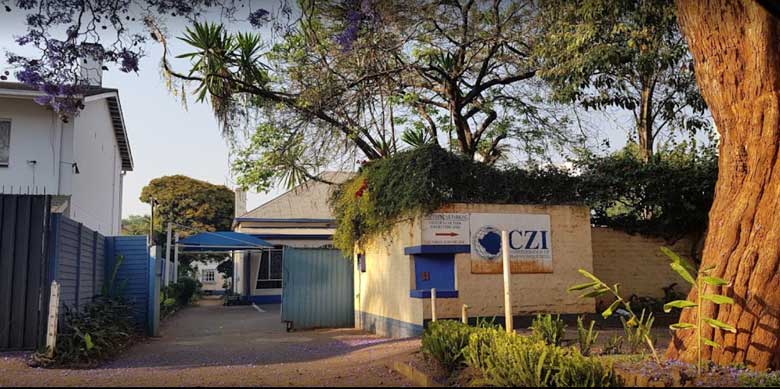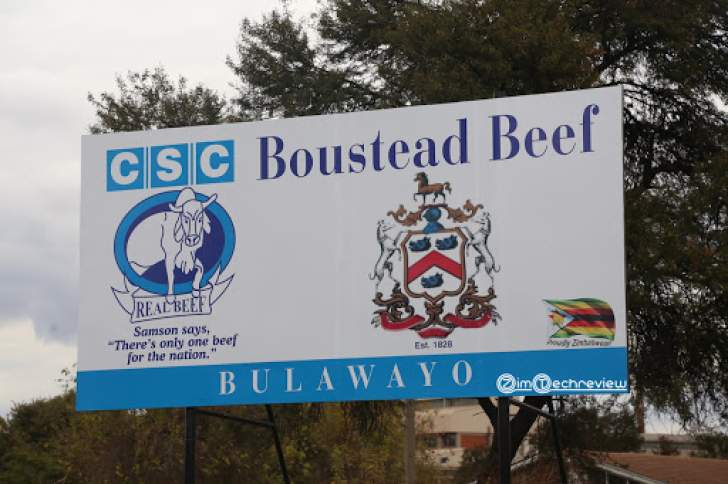
BY TATIRA ZWINOIRA JUST 14,2% of Zimbabwe households own a computer while nearly 59% were found with a smartphone showing that full information communication technology (ICT) penetration in the country remains slow, a new report shows.
In a newly-published joint survey report on ICT usage in the country by the Zimbabwe National Statistics Agency (Zimstat) and Postal and Telecommunication Regulatory Authority of Zimbabwe (Potraz), most Zimbabweans are being left behind in the digital revolution.
The survey was conducted during the period of November 16 to December 10, 2020, under the title, 2020 ICT Access by Household and Use by Individuals Survey focused on individuals and private households in both urban and rural areas.
“At national level, the proportion of households with a computer at home was 14,2%.
“Analysis by place of residence shows that 5,8% and 28,2% of households in rural and urban areas, respectively, had a computer at home.
“About 77% of households indicated that they had a laptop, whereas 36% had a tablet at home,” reads part of the survey findings.
“The proportion of households with access to a mobile cellular telephone at home was 89,6%.
“An analysis by area of residence revealed 97,1% of the urban households having access to a mobile cellular telephone against 85% of the rural households which had access to the same device.
- Chamisa under fire over US$120K donation
- Mavhunga puts DeMbare into Chibuku quarterfinals
- Pension funds bet on Cabora Bassa oilfields
- Councils defy govt fire tender directive
Keep Reading
“At national level, the proportion of households with a smartphone was 58,8%.
“The national proportion of households with access to the internet at home was 50,1%.
“Around 69% of the households cited the cost of ICT equipment or gadgets as the cause for them not having internet access at home, while 44% alluded to the high cost of internet and 36,9% pointed to their lack of interest in internet.”
According to the survey, 531 700 households had a computer at home with 3 202 764 having none from a total of 3 734 464 households in the country.
On average, a household spent $2 172 on ICT equipment last year which is significantly lower than current prices for such machinery in the market.
During the month of October 2020, in particular, individuals only had an average of $325,46 on individual expenditure on ICT services.
This comes as a result of a rising cost of living that has greatly shrunk household income forcing families to implement stringent budgets.
“Use of a computer by individuals three years and above between August 1 to October 31, 2020, inclusive, was found to be generally low,” the report added.
“The national proportion of individuals who used the device from any location in the referenced three months was 9,5%, with less than 30% of individuals in any province having used the device.
“In urban and rural areas, individuals who used a computer from any location comprised 21,3% and 3%, respectively.”
As a result, most households were found to be using mobile cellular narrowband and mobile cellular broadband networks to access the internet instead of a computer.
Based on the report of individuals using the internet, 61% during the August to October 2020 period mainly used the service to make phone calls whereas 46% participated in social media platforms and 36,1% downloaded images, movies, videos, music or games.
Meanwhile, in terms of smartphone ownership, 45,6% of the 15 280 084 population recorded last year did not own a smartphone based on a survey sampling between August 1 to October 31, 2020.
“At national level, more than half (54,4%) of individuals ages 3 years and above owned a smartphone. The proportion of individuals who owned a smartphone in rural areas was 37,4% whilst that of urban areas was 73,7%,” the report said.
“Countrywide, more females (52,2%) owned a smartphone from 1 August to 31 October 2020, than males (47,8%).
“Mashonaland East, Mashonaland West and Midlands were the only provinces in which more males owned a smartphone than females, with corresponding proportions of 56,6%, 50,3%, 50,2%, and 50,6%.”
The highest proportion of smartphone owners for the period August 1 to 31 October 2020, were recorded in the 20-24 age-group in both the male and female categories.
In terms of overall mobile phone ownership, at a national level, during the sampling period the proportion of individuals aged three years and above who owned a mobile phone was 47%.
Most were using mobile phones to conduct financial transactions on the gadgets.
“The most common reason for not owning a mobile cellular telephone from 1st August to 31st October 2020, as cited by 62,1% of the individuals, was financial constraints,” the report said.
The proportion of individuals, who used a smartphone in urban areas was 78,3% compared to 40% in rural areas.
“At Potraz, we believe that when performance is measured, performance improves, and when performance is measured and reported, the rate of improvement accelerates.
Without measurement, we would not have a clue as to how we are performing or the direction to take for meaningful interventions,” Potraz director general Gift Machengete said.
“This survey report that we are launching today is, therefore, critical in our performance in delivering our core mandate of attaining universal access to ICTs.
“With the government embracing the digital economy as one of the key pillars for economic growth, as the regulator we shall continue to align our surveys to evolving policy needs and priorities.”
Going forward, Potraz will facilitate surveys on emerging priorities such as e-commerce, e-government, e-education, privacy and security issues as well as child online protection and digital skills indicators in a more comprehensive way.
“Such surveys will indeed facilitate informed strategising and interaction in mapping the way forward to achieve the targets of the National Development Strategy (NDS1) and the attainment of our national Vision 2030,” Machengete said.










